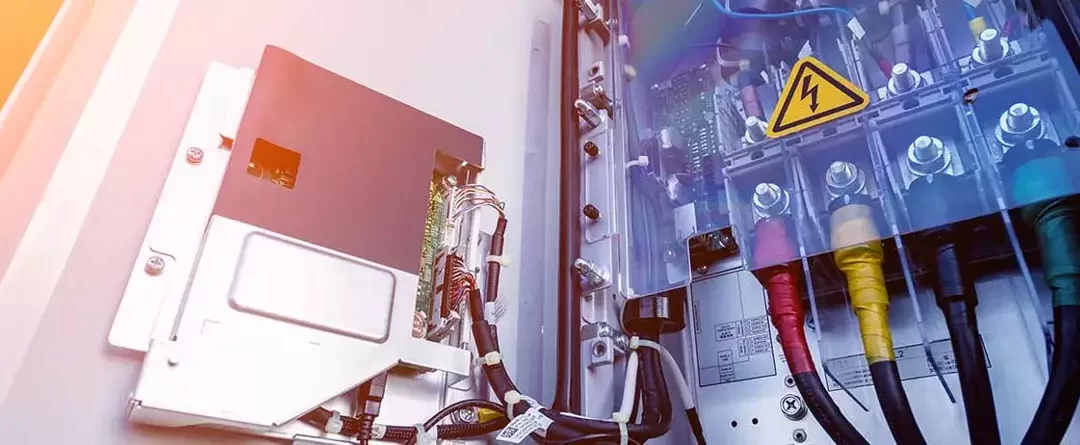In the event of a catastrophic power failure, this appliance may save the day. Inverters, like any other appliance, can experience malfunctions. Common issues with inverters include the following. Some of these issues, fortunately, can be resolved with little need for professional assistance. Issues with inverters are rather prevalent, so let’s talk about how to fix them.
1. The Inverter would not Power On:
Among the most frequent issues with inverters is that they will not power on. Possible causes include a tripped inverter, a disconnected battery, loose battery terminals, a low battery charge, a reversed battery terminal and so on. Take it to a service facility for repair if the electrical switch is broken.
If the inverter has tripped, you can try replacing the battery first, but if that does not work, you can try pressing the trip reset button. Weak batteries should be charged for at least a few hours before being used again. The alternative is to replace it entirely if it is old. Check for rust and clean the battery terminals if they are loose, then secure the clamps.
2. Alarm Blasting Constantly:
This occurs when the load on the inverter is too great. The issue can be fixed by turning off any appliances that are taxing the inverter’s resources. Its alarm is wailing for another reason, and that is because the cooling fan is malfunctioning.
This fan keeps the inverter cool while it’s operating. If the fan is not functioning properly, the inverter will either sound an alarm or turn off. It’s a warning sign indicating an inverter’s component is malfunctioning. The fan has to be cleaned and repaired before use.
3. Reduced Wait Time for Backups:
The inverter’s backup time may be cut short, which is another issue. Possible causes include excessive power usage, in which case the supplementary load should be eliminated. This issue can still occur if the battery is not fully charged.
It’s possible that the battery’s backup time will decrease if electrolyte is lost. Keep the battery charged by adding distilled water on a regular basis. Keep in mind that the water’s level should always be above the minimum and below the maximum. If your battery is facing any chemical leakage, you can get in touch with aircon leak repair in Singapore for leakage repairing.
4. Power Inverter That Only Operates In Inverter Mode:
If the input is connected and the problem persists, the fuse has blown. When your power inverter is only functioning while set to inverter mode, one of the aforementioned issues may be to blame. But if the input protector is active, resetting it may be necessary. To put it simply, an input protection is a protector circuit designed to safeguard the inverter from dangerously high voltage levels.
This typical inverter issue can also be brought on by low input or high input. Because of this, the Inverter will only operate in inverter mode, regardless of the input voltage. In this case, the UPS can only operate in inverter mode, therefore be sure to select a large range from the UPS. To address the voltage issue, you can also have a stabilizer fitted.
5. Energy Converter The LCD Shows Erroneous Code:
Another common problem with inverters is that the LCD screen will display erroneous codes. Either an internal flaw that requires the inverter circuit to be replaced or an external factor could be to blame for this issue; however, it is more likely that the issue was brought on by the latter. If the issue is external, you may need to verify the battery cables, input and output wires, load, and other components, among other things.
6. The Inverter Is Making a Lot of Noise:
If your inverter is making any noises, it’s possible that this is simply one more example of a prevalent problem with inverters. While it is normal to anticipate hearing some wind noise emanating coming from the inverter, or the issue becomes problematic when the volume of the noise is overwhelming.
You should clean the fan if you notice that it makes a lot of noise. After opening the inverter, you can use a blowing machine to achieve this. If that doesn’t work, it’s time to bring in the pros for a replacement or deep cleaning.
7. Fuse Blown:
Fuse blown is possible in the case of a power surge or a short circuit. If something like this occurs, the inverter will turn off. The inverter and any other electronics that are wired to this fuse are protected from harm by this fuse. On the other hand, the fuse blowing is beyond repair at this point.
The only option available is to purchase brand new ones. Whereas these fuses are normally found close to the backside of the inverter, some models do not come equipped with them. The answer varies widely depending on the brand and the version.
8. Inverter Bypass Mode:
Another possible explanation is that the setting of the inverter is configured to operate in bypass mode. Even though it is operating in this mode, this will continue to supply power to any electronics that are connected to it. On the other hand, you can only accomplish this while the primary power source is active. When the main power is turned off, the inverter won’t be able to function anymore.
There are a number of potential causes for the main to trip, including broken switches, defective wiring, a blown dc circuit, or an internal malfunction. In such a situation, hitting the power button will switch on the inverter. When your inverter still won’t power on, you should have it checked out as soon as possible.


